Securing a job interview is a crucial step in the job search process. It is an opportunity for both the employer and the candidate to assess each other’s suitability and compatibility. As we step into 2023, the job market continues to evolve, and so do the interview processes and the questions asked by hiring managers. To help job seekers navigate this changing landscape and increase their chances of interview success, we have compiled a comprehensive guide to the best 14 interview questions of 2023.
In this blog, we will delve into the most relevant and commonly asked interview questions that candidates can expect to encounter in 2023. By understanding and preparing for these questions, you can gain a competitive edge and demonstrate your qualifications, skills, and suitability for the position you desire.
The interview questions presented here are not only based on current industry trends but also take into consideration the evolving expectations of employers. These questions go beyond assessing technical expertise and delve into a candidate’s soft skills, adaptability, problem-solving abilities, and future aspirations.
Whether you are a recent graduate embarking on your professional journey or a seasoned professional looking to make a career change, this guide will equip you with the knowledge and strategies to tackle the best 14 interview questions in 2023 successfully. So, let’s dive in and unlock the secrets to interview success in the dynamic job market of the year ahead.

Table of Contents
Best interview questions and answers
1. Can you tell me about yourself?
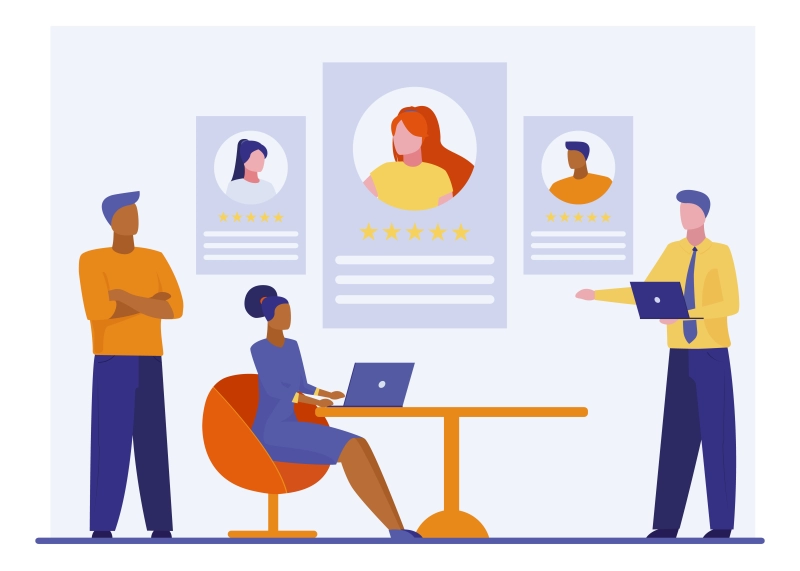
Sure! When answering the “Tell me about yourself” question, it’s important to provide a concise yet compelling overview of your background and experiences. Here’s an example of how you could structure your response:
“Thank you for giving me the opportunity to introduce myself. My name is [Your Name], and I am a [Your Profession]. I have a [Degree] in [Field of Study] from [University]. Throughout my academic journey, I developed a strong passion for [Relevant Skill/Industry], which has driven my career path.
After completing my degree, I gained practical experience working as [Job Title] at [Company/Organization]. During my time there, I was responsible for [Brief Description of Responsibilities and Achievements]. This role allowed me to further enhance my skills in [Specific Skills], such as [Skill 1], [Skill 2], and [Skill 3].
2. What draws you to our business and this particular position?
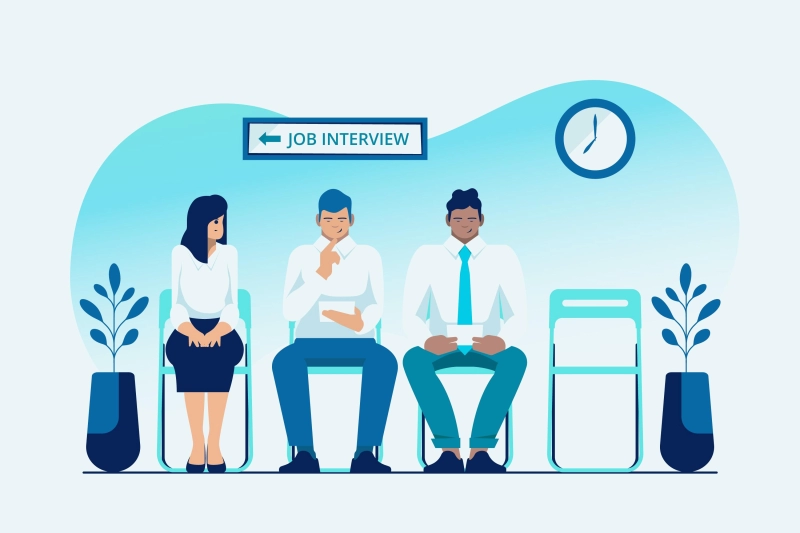
When answering the question, “Why are you interested in this role and our company?” it’s essential to demonstrate your knowledge of the company and align your skills and aspirations with the position and organization. Here’s an example of how you could structure your response:
“I am genuinely excited about the opportunity to be considered for this role at your esteemed company. After researching extensively about your organization and the position, there are several key factors that make me highly interested.
First and foremost, I have been following your company’s success and reputation within the industry. Your commitment to innovation, customer satisfaction, and continuous improvement aligns perfectly with my own professional values. Your dedication to providing exceptional products/services and making a positive impact on the lives of customers truly resonates with me.
3. What are your strengths and weaknesses?

When discussing your strengths and weaknesses in an interview, it’s important to strike a balance between showcasing your positive attributes and demonstrating self-awareness and a commitment to personal growth. Here’s an example of how you could structure your response:
Strengths:
“One of my key strengths is my strong attention to detail. I have a keen eye for spotting errors or inconsistencies, which has proven valuable in ensuring accuracy and quality in my work. This attention to detail allows me to deliver high-quality results and maintain a high level of precision in complex projects. Moreover, my ability to pay close attention to specifics helps me identify opportunities for improvement and implement strategies to enhance efficiency.
Another strength of mine is my effective communication skills. I am adept at expressing my ideas clearly and articulately, both in verbal and written form. I have experience in collaborating with diverse teams and stakeholders, and my ability to convey complex concepts in a concise and understandable manner fosters strong teamwork and enables effective project execution.
Weaknesses:
“While I strive for continuous improvement, I recognize that there are areas where I can further develop my skills. One weakness I am actively working on is public speaking. Although I am comfortable expressing my ideas in small team settings, I occasionally feel nervous when presenting in front of larger audiences. However, I have been actively addressing this weakness by participating in public speaking workshops and seeking opportunities to present in professional settings. I believe that with continued practice and exposure, I can overcome this challenge and become a more confident public speaker.
4. Describe a challenging situation you faced at work and how you overcame it.
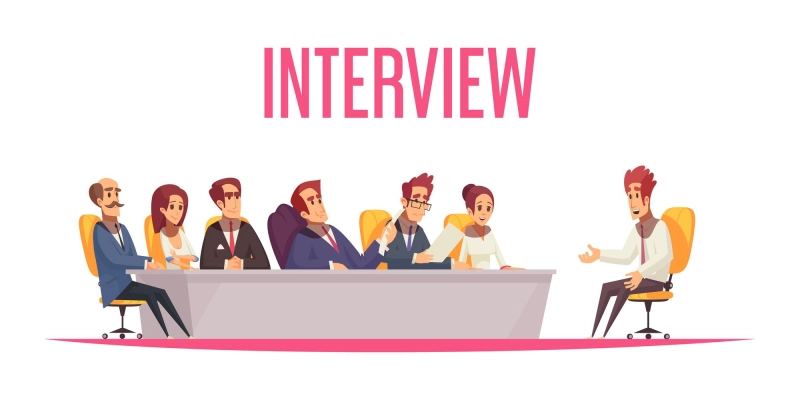
When discussing a challenging situation you faced at work and how you overcame it, it’s important to provide a clear and concise description of the situation, the actions you took to address the challenge, and the positive outcomes that resulted. Here’s an example of how you could structure your response:
Situation:
“In my previous role as a Project Manager, I was assigned to lead a critical project with a tight deadline. The project involved coordinating a cross-functional team, managing stakeholders’ expectations, and ensuring the timely delivery of a complex software solution. However, midway through the project, we encountered a significant setback when a key team member unexpectedly resigned, leaving us short-staffed and jeopardizing the project timeline.”
Actions:
“To overcome this challenge, I immediately took several actions. Firstly, I reassessed the project timeline and identified critical tasks that could be redistributed among the remaining team members. This allowed us to mitigate the impact of the staff shortage and maintain progress. Secondly, I communicated the situation transparently to the project stakeholders, highlighting the potential impact on the timeline and discussing possible solutions. By setting realistic expectations and involving stakeholders in the decision-making process, we were able to gain their support and buy-in during this challenging period.”
Outcomes:
“As a result of these actions, we successfully mitigated the impact of the staff shortage and were able to deliver the project within the revised timeline. Despite the setback, the team’s collaboration and dedication remained strong, and we maintained open lines of communication to address any emerging challenges. The successful completion of the project not only satisfied the stakeholders’ expectations but also demonstrated our team’s resilience and ability to adapt to unforeseen circumstances.”
5. How do you handle stress and tight deadlines?

“I thrive in fast-paced environments and am adept at handling stress and tight deadlines. Over the years, I have developed several strategies to effectively manage pressure and deliver high-quality results in challenging situations.”
1. Effective Time Management:
2. Clear Communication and Expectation Setting:
3. Effective Prioritization and Delegation:
4. Proactive Problem Solving:
6. How do you stay updated on industry trends and developments?
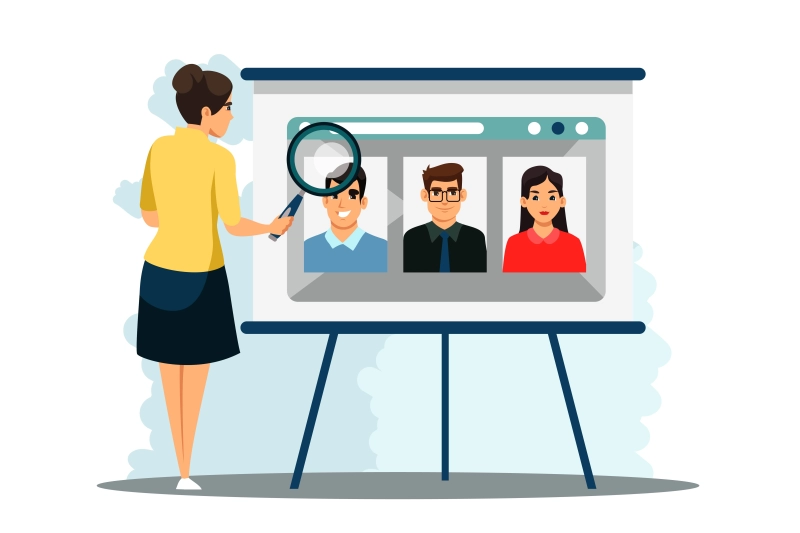
“As a professional committed to continuous learning and development, I employ several strategies to stay updated on industry trends and developments. By actively seeking out new knowledge and insights, I can bring fresh ideas and perspectives to my work.”
1. Industry Publications and News Sources:
2. Professional Networking and Associations:
3. Online Resources and Webinars:
4. Continuous Learning and Professional Development:
5. Industry Thought Leaders and Social Media:
7. Describe a time when you demonstrated leadership skills.

Situation:
“In my previous role as a Team Lead, I encountered a situation where our team needed help to meet project deadlines and needed clear direction. Morale was low, and productivity was suffering. Recognizing the need for strong leadership, I stepped up to guide the team and drive them towards success.”
Actions:
“To address the challenges, I first held individual meetings with team members to understand their concerns and gather their input. This allowed me to gain insights into the root causes of the issues and helped foster open communication. Based on their feedback, I developed a clear project plan, setting specific goals, deadlines, and expectations. I ensured that each team member understood their roles and responsibilities within the project and aligned them with their strengths and expertise.”
“As a leader, I led by example. I remained accessible and approachable, encouraging team members to seek guidance or share their ideas. I fostered a collaborative environment by promoting active participation and constructive feedback. By empowering team members to contribute their unique perspectives, I was able to harness their collective intelligence and promote a sense of ownership in the project.”
“I also prioritized regular team meetings to provide updates, address challenges, and celebrate achievements. These meetings served as a platform for open discussions and collaborative problem-solving. Additionally, I implemented a system to track progress and identify any bottlenecks. By monitoring key milestones and providing timely feedback, I ensured that the team stayed on track and made necessary adjustments when needed.”
Outcomes:
“Through these leadership actions, the team experienced a positive transformation. By setting clear goals and providing the necessary support, we improved productivity and met project deadlines successfully. Team members felt empowered and motivated, resulting in increased engagement and higher-quality outputs. The open and collaborative environment fostered innovative thinking, leading to the implementation of more efficient processes and improved team dynamics.”
“Moreover, the team’s overall morale improved significantly, and there was a notable increase in trust and communication among team members. The positive outcomes of the project not only benefited the team but also received recognition from senior management and stakeholders.”
8. How do you handle conflicts or difficult colleagues?

Handling conflicts or difficult colleagues requires effective communication, problem-solving skills, and a diplomatic approach. Here’s an example of how you could structure your response:
“In my professional experience, I have encountered conflicts and worked with difficult colleagues. In such situations, I believe in addressing the issues directly, promoting open communication, and seeking mutually beneficial resolutions.”
1. Active Listening and Empathy:
“When faced with conflicts or difficult colleagues, I make a conscious effort to actively listen and understand their perspectives. I empathize with their concerns or frustrations and strive to create a safe space where they feel heard and valued. By demonstrating empathy, I can establish a foundation for constructive dialogue and problem-solving.”
2. Open and Respectful Communication:
“I believe in addressing conflicts directly, but with a respectful and tactful approach. I initiate conversations to discuss the issues at hand, ensuring that all parties have an opportunity to express their thoughts and concerns. I encourage open and honest communication, actively seeking common ground and areas of agreement. Through respectful dialogue, I aim to foster a shared understanding and work towards finding solutions.”
3. Collaboration and Finding Win-Win Solutions:
“To resolve conflicts and work effectively with difficult colleagues, I emphasize collaboration and finding win-win solutions. I believe that by involving all parties in the problem-solving process, we can jointly identify creative alternatives that meet everyone’s needs. This approach promotes a sense of ownership and shared responsibility, encouraging cooperation rather than confrontation.”
4. Mediation and Conflict Resolution Techniques:
“In cases where conflicts escalate or involve multiple parties, I am willing to take on a mediator role. I have developed skills in conflict resolution techniques, such as active listening, reframing perspectives, and facilitating compromise. By remaining neutral and impartial, I aim to guide the discussions towards finding common ground and reaching a resolution that satisfies all parties involved.”
9. What are your career goals for the next five years?

When discussing your career goals for the next five years, it’s important to demonstrate ambition, a desire for growth, and alignment with the company’s vision. Here’s an example of how you could structure your response:
“In the next five years, I have several career goals that I aim to achieve. These goals reflect my passion for continuous learning, professional development, and making a significant impact in my field. I believe that by pursuing these goals, I can contribute to my personal growth and the success of the organization.”
1. Advancing in my Role:
“In the next five years, I aspire to advance in my current role and take on additional responsibilities. I am committed to mastering my current position, becoming an expert in my field, and delivering exceptional results. I aim to consistently exceed performance expectations and contribute to the success of my team and the organization as a whole.”
2. Acquiring New Skills and Expertise:
“To stay competitive and remain at the forefront of my industry, I plan to acquire new skills and expertise. I will actively seek opportunities for professional development, whether through training programs, workshops, or certifications. By expanding my knowledge base and staying updated on emerging trends and technologies, I will be able to bring fresh insights and innovative solutions to my work.”
3. Leadership and Management Development:
“I aspire to develop my leadership and management skills in the next five years. This includes gaining experience in leading cross-functional teams, taking on supervisory or managerial roles, and honing my ability to inspire and motivate others. I believe that effective leadership is crucial for driving organizational success, fostering a positive work culture, and nurturing the growth of team members.”
4. Contributing to Company Growth:
“I am motivated to make a meaningful impact on the growth and success of the organization. In the next five years, I aim to actively contribute to key initiatives, projects, or strategies that align with the company’s vision and goals. By leveraging my skills, expertise, and innovative thinking, I will seek opportunities to drive positive change, improve processes, and deliver measurable results.”
5. Building a Professional Network:
“In addition to my individual growth, I understand the importance of building a strong professional network. Over the next five years, I plan to expand my connections within the industry, participate in industry events, and engage in networking opportunities. Building relationships with professionals from diverse backgrounds and expertise will provide valuable insights, collaboration opportunities, and potential mentorship.”
10. How do you adapt to change?

Adapting to change is a crucial skill in today’s dynamic and fast-paced work environment. Employers value individuals who can embrace change, remain flexible, and effectively navigate transitions. Here’s an example of how you could structure your response:
“I have developed a proactive and resilient approach to adapt to change throughout my career. I recognize that change is inevitable, and by embracing it, I can seize opportunities for growth and contribute to the success of my team and organization.”
1. Positive Attitude and Open Mindset:
“When faced with change, I maintain a positive attitude and an open mindset. I understand that change can bring new possibilities, innovative solutions, and improved ways of doing things. By approaching change with optimism and curiosity, I can embrace new ideas and perspectives, which helps me navigate transitions more effectively.”
2. Seeking Understanding and Gathering Information:
“To adapt to change, I proactively seek to understand the reasons behind the change and the intended outcomes. I ask questions, engage in discussions, and gather relevant information to gain clarity. This enables me to comprehend the impact of the change and align my actions accordingly.”
3. Flexibility and Agility:
“I am adaptable and flexible in my work approach. I understand that change often requires adjustments to existing processes, priorities, or strategies. I am willing to embrace new ways of working, modify my plans, and reprioritize tasks to accommodate the evolving needs of the organization. By demonstrating agility, I can effectively respond to changing circumstances and deliver results.”
4. Continuous Learning and Skill Development:
“To adapt to change, I prioritize continuous learning and skill development. I actively seek opportunities to expand my knowledge, acquire new skills, and stay up to date with emerging trends and technologies. By investing in my own growth, I can better adapt to evolving requirements and contribute to the organization’s changing needs.”
11. Tell me about a time when you made a mistake and how you handled it.
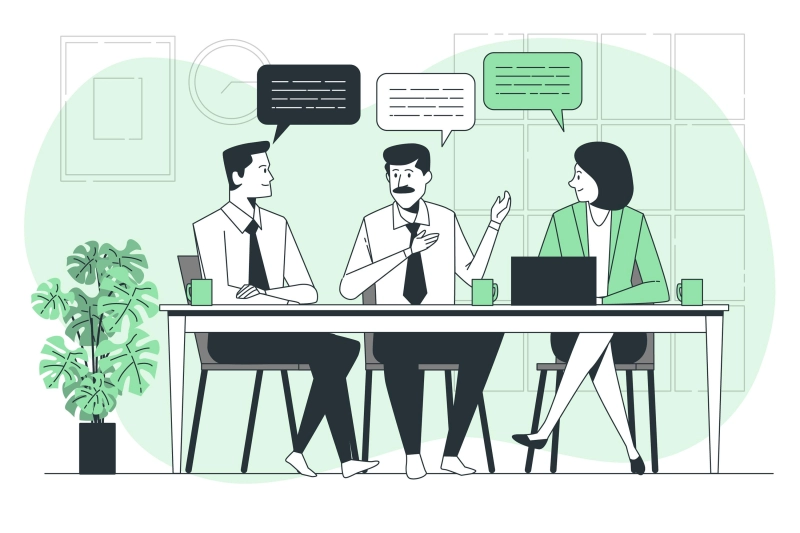
Discussing a time when you made a mistake and how you handled it allows you to showcase your accountability, problem-solving skills, and ability to learn from setbacks. Here’s an example of how you could structure your response:
Situation:
“In my previous role as a Project Manager, I encountered a situation where a miscommunication resulted in a critical deadline being missed. It was a mistake on my part as I failed to double-check the details and assumptions before sharing the project timeline with the team and stakeholders.”
Actions:
“Once I realized the mistake, I immediately took ownership of the situation and approached my supervisor to inform them about the issue. I provided a clear account of what went wrong, taking responsibility for the oversight. I also shared my plan for resolving the situation and minimizing any negative impact on the project and team.”
“Next, I gathered all the relevant information, including the root cause of the miscommunication, and analyzed the implications it had on the project timeline. I communicated with the team members and stakeholders, openly acknowledging the mistake, and apologizing for the inconvenience caused. I assured them that I would take all necessary steps to rectify the situation and prevent similar errors in the future.”
“To address the missed deadline, I immediately convened a meeting with the team to discuss the new timeline and identify any potential areas where we could recover time without compromising the quality of work. I actively involved the team members in the problem-solving process, encouraging their input and ideas to find the best solution collectively.”
“To prevent similar mistakes from happening again, I implemented a set of preventive measures. These included implementing a thorough review process for all project documentation, enhancing communication channels with the team and stakeholders, and developing a checklist to ensure that critical details are verified before sharing project timelines or deliverables.”
Outcomes:
“While the missed deadline had an impact on the project schedule, my swift response and proactive measures helped mitigate the consequences. By involving the team in finding solutions, we were able to recover some of the lost time and ensure that subsequent deadlines were met successfully.”
“Additionally, the incident highlighted the importance of thorough communication and double-checking details. It fostered a culture of increased attention to detail and improved processes within the team. We embraced a proactive approach to review and validate information, resulting in enhanced accuracy and reduced potential for future mistakes.”
“This experience taught me valuable lessons about accountability, effective communication, and the significance of preventive measures. I recognized the importance of promptly owning up to mistakes, addressing them transparently, and collaborating with the team to find solutions. I also gained a deeper appreciation for the value of thoroughness and attention to detail in my work.”
12. How do you manage your time and prioritize tasks?

Effective time management and task prioritization are essential skills in any role. Demonstrating your ability to manage your time efficiently and prioritize tasks showcases your organizational skills, productivity, and ability to meet deadlines. Here’s an example of how you could structure your response:
1. Planning and Goal Setting:
“To manage my time effectively, I start by setting clear goals and objectives. I break down larger goals into smaller, actionable tasks that are easier to manage. By having a clear understanding of what needs to be accomplished, I can prioritize my tasks accordingly.”
2. Prioritization Techniques:
“I utilize various techniques to prioritize tasks. One method I find effective is the Eisenhower Matrix, which involves categorizing tasks based on their urgency and importance. This helps me focus on tasks that are both urgent and important, while also ensuring that less critical tasks are addressed in a timely manner.”
3. Assessing Task Deadlines and Requirements:
“When I receive new tasks or projects, I make it a priority to evaluate their deadlines and requirements. I consider factors such as due dates, dependencies, and the effort required to complete each task. This allows me to create a realistic timeline and allocate my time accordingly.”
4. Time Blocking and Scheduling:
“I am a firm believer in time blocking and scheduling my tasks. I allocate specific time slots for different activities or projects, ensuring that I have dedicated periods for focused work. This helps me maintain a structured approach to my day and ensures that important tasks receive the necessary attention.”
5. Managing Distractions and Avoiding Procrastination:
“To maximize my productivity, I am mindful of potential distractions and take steps to minimize their impact. I utilize productivity tools that block distracting websites or limit access to social media during designated work periods. Additionally, I practice techniques such as the Pomodoro Technique, where I work in focused bursts followed by short breaks, to maintain my concentration and avoid procrastination.”
13. Describe a project or accomplishment you are proud of.
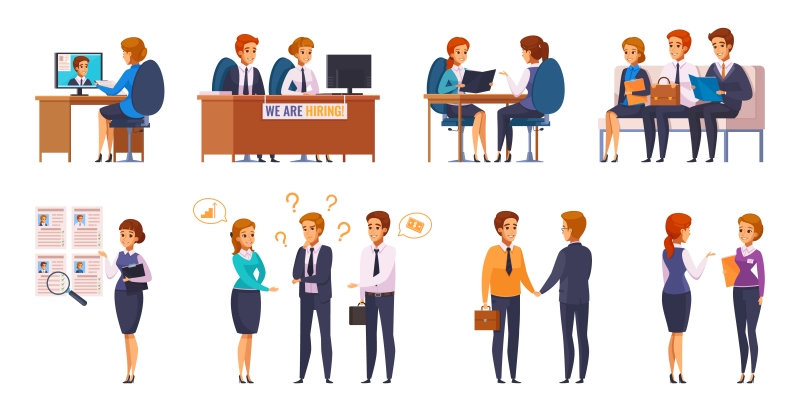
Describing a project or accomplishment you are proud of allows you to showcase your skills, achievements, and the value you bring to an organization. Here’s an example of how you could structure your response:
1. Background and Context:
“In my previous role as a Marketing Manager, I had the opportunity to lead a comprehensive rebranding project for our company. It was a significant undertaking that aimed to revitalize our brand image, enhance market positioning, and drive customer engagement. This project remains one of my proudest accomplishments.”
2. Project Planning and Strategy:
“To ensure the success of the rebranding project, I started by conducting thorough market research and competitor analysis. This allowed us to identify key differentiators and develop a strategic positioning for our brand. We also established clear goals and objectives, including increasing brand awareness, improving customer perception, and driving lead generation.”
3. Collaborative Teamwork:
“I assembled a cross-functional team comprising creative designers, copywriters, and digital marketing specialists. Together, we developed a cohesive brand identity, including a new logo, brand messaging, and visual assets. I fostered a collaborative environment that encouraged open communication, creative thinking, and shared ownership of the project’s success.”
4. Implementation and Execution:
“We meticulously executed the rebranding project across various touchpoints. This included updating our website, social media channels, marketing collaterals, and advertising campaigns. We ensured consistency in messaging, design elements, and brand voice to create a unified brand experience for our target audience.”
5. Measurable Results and Impact:
“The rebranding project yielded significant results that exceeded our expectations. We witnessed a substantial increase in brand recognition and recall, with a noticeable uplift in website traffic, social media engagement, and lead generation. Customer feedback indicated a positive shift in perception and an improved association with our brand values.”
6. Continuous Improvement and Iteration:
“To ensure the longevity and continued success of the rebranding efforts, we established a system for ongoing monitoring and evaluation. We analyzed key performance indicators, collected customer feedback, and conducted regular audits to assess the effectiveness of our branding initiatives. This allowed us to make data-driven adjustments and refinements to further enhance our brand presence.”
14. How do you handle feedback and criticism?

Handling feedback and criticism is an important skill that demonstrates your ability to receive input, grow from it, and maintain a positive attitude. Here’s an example of how you could structure your response:
1. Openness and Receptiveness:
“I value feedback and see it as an opportunity for growth and improvement. When receiving feedback or criticism, I approach it with an open mind and a willingness to learn. I understand that feedback is not a personal attack but rather a chance to enhance my skills and performance.”
2. Active Listening and Reflection:
“To ensure that I fully understand the feedback, I actively listen to the person providing it. I make an effort to absorb their perspective and consider their insights objectively. I take time to reflect on the feedback, examining it from different angles and evaluating its validity.”
3. Maintaining a Constructive Mindset:
“I strive to maintain a positive and constructive mindset when receiving feedback. Instead of becoming defensive or dismissive, I view it as an opportunity for self-improvement. I appreciate the perspectives of others and recognize that their feedback can help me grow both personally and professionally.”
4. Asking Clarifying Questions:
“To gain a better understanding of the feedback, I ask clarifying questions. This allows me to delve deeper into specific areas of improvement and gather more insights. I seek examples or suggestions for improvement, which helps me create an actionable plan for addressing the feedback.”
5. Taking Action:
“Once I have absorbed the feedback and reflected on it, I take proactive steps to address any areas for improvement. I develop an action plan that includes specific goals and milestones. I leverage the feedback as a catalyst for personal growth and actively work towards implementing the suggested changes.”
6. Seeking Continuous Improvement:
“I believe that feedback is an ongoing process, not a one-time event. I continuously seek feedback from various sources, including colleagues, supervisors, and even customers. This allows me to gather different perspectives and adapt my approach as needed. By embracing a growth mindset, I am committed to constant improvement.”
Conclusion

In conclusion, navigating interviews can be a challenging task, but with proper preparation and understanding of common interview questions, you can increase your chances of success. The top 14 interview questions discussed in this blog provide a solid foundation for your interview preparation in 2023. By crafting thoughtful and authentic responses to these questions, you can effectively showcase your skills, experiences, and suitability for the role and company.
Remember, the key to answering interview questions lies in showcasing your strengths, demonstrating self-awareness, and providing concrete examples to support your claims. Take the time to reflect on your experiences, skills, and accomplishments, and align them with the requirements of the role you are applying for. Practice your responses, focusing on clarity, conciseness, and confidence.
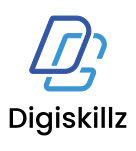






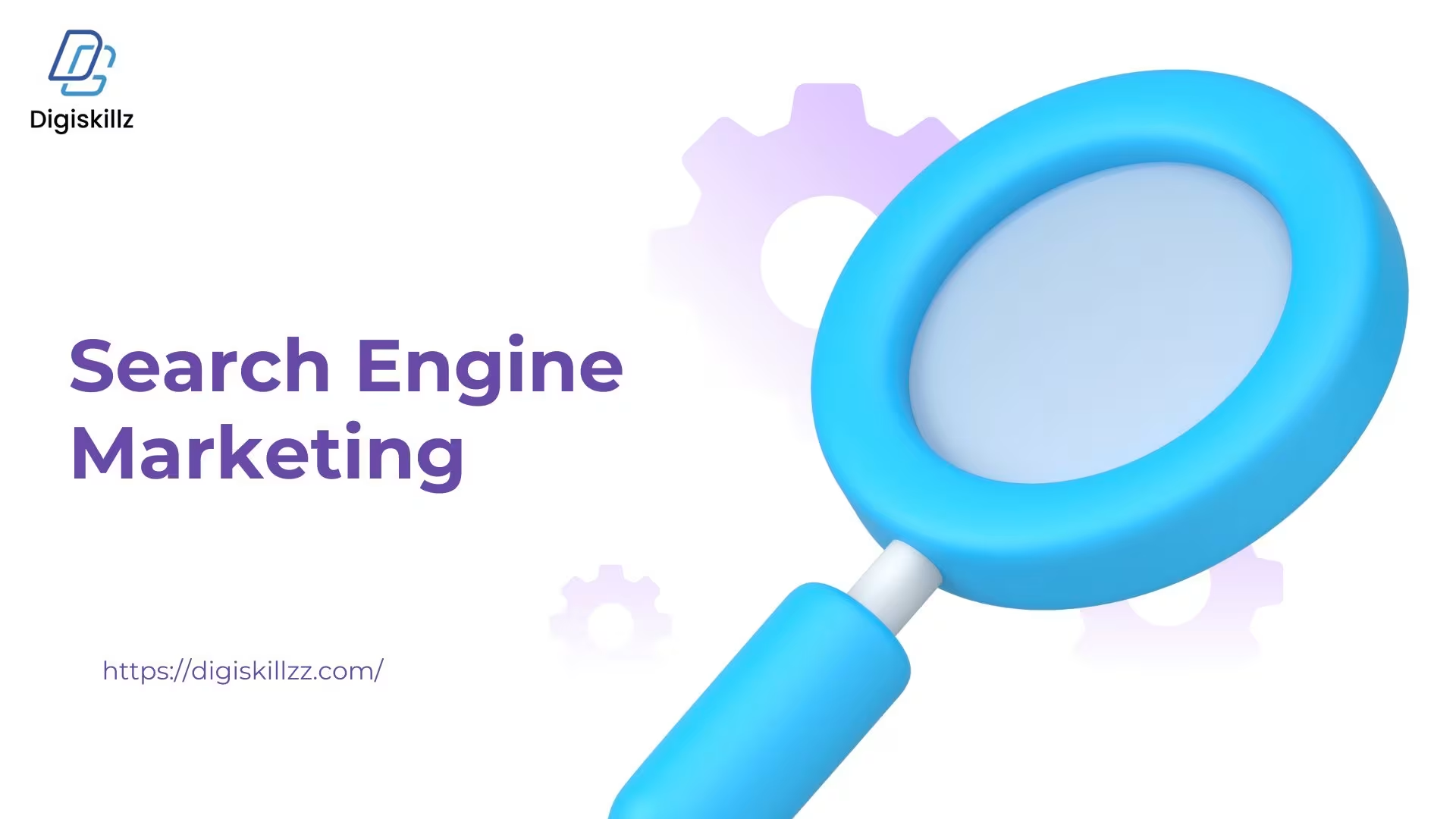
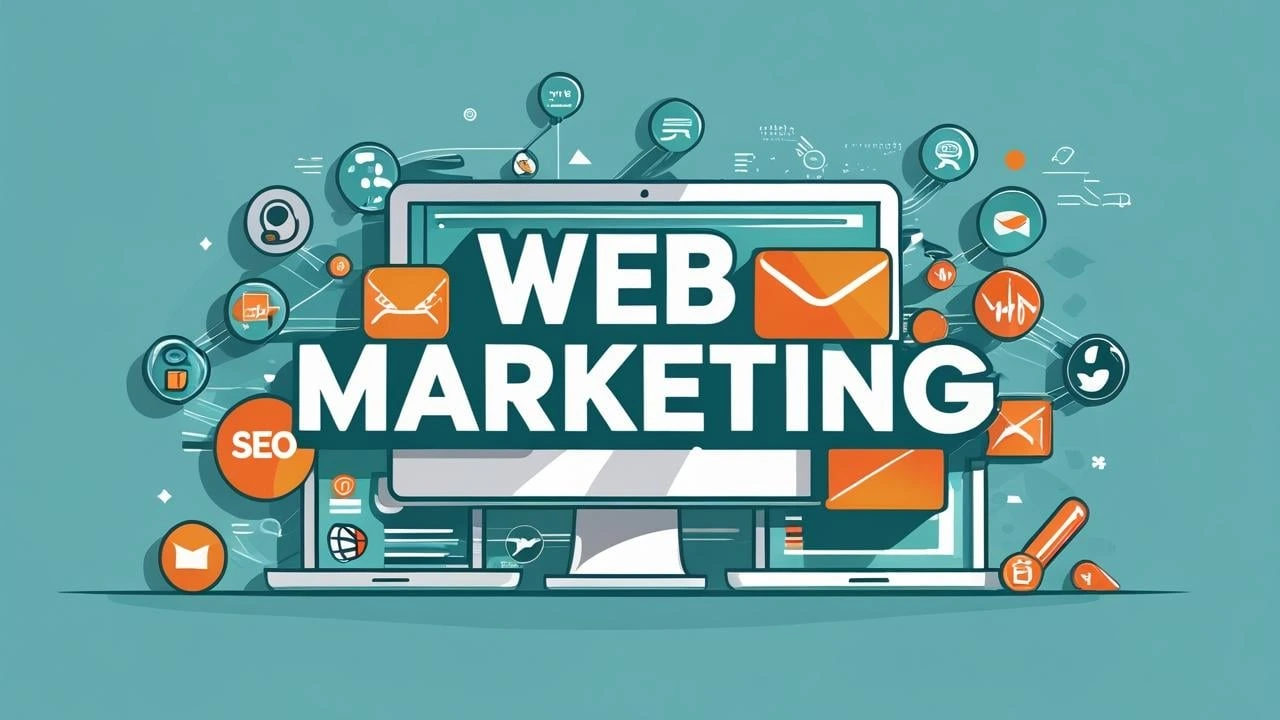


Leave A Comment